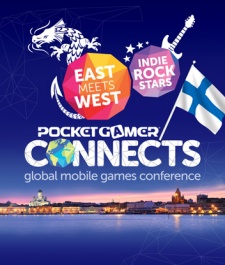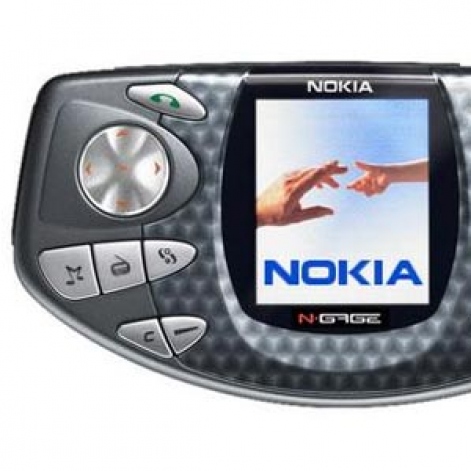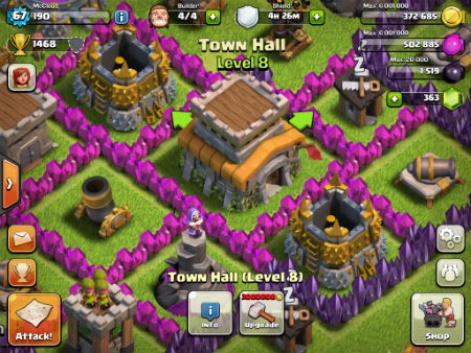You can be au fait with the speakers and up to speed with the talk topics – and, in our case, actually be organising the event yourself – but until you sit down and here said luminaries tell their story, you're never quite sure what you're going to take away from a conference
Pocket Gamer Connects was never likely to be short on words of wisdom from those in the know – King, Supercell, Rovio, Frogmind, Cornfox & Bros. and Applifier all amongst those taking to the stage – but even we had little idea as to just what nuggets of knowledge would be conveyed to the hundreds sat in the audience.
So, with the event still fresh in our minds (and the masses of conference coffee we consumed insuring we've grabbed very little sleep since), we've put together a run through of the main themes that dominated our two days in Helsinki all for the benefit of those of you who joined us in Finland, and those who couldn't make it.
In the case of the former, feel free to drop in your own takeaways in the comments section below. Otherwise, we'll see you in January for the next Pocket Gamer Connects in London:
Click here to view the list »

















